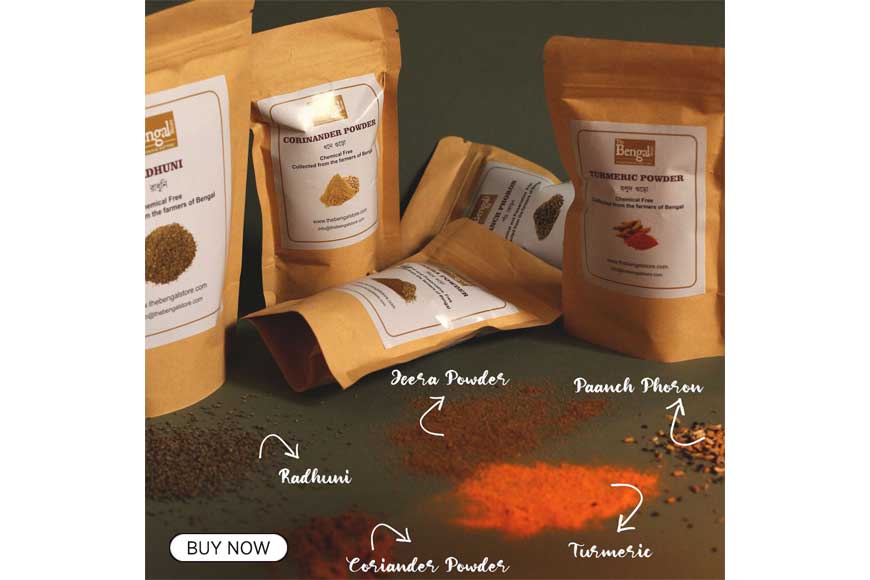Bhorai Kirtan – The dying music of Burdwan
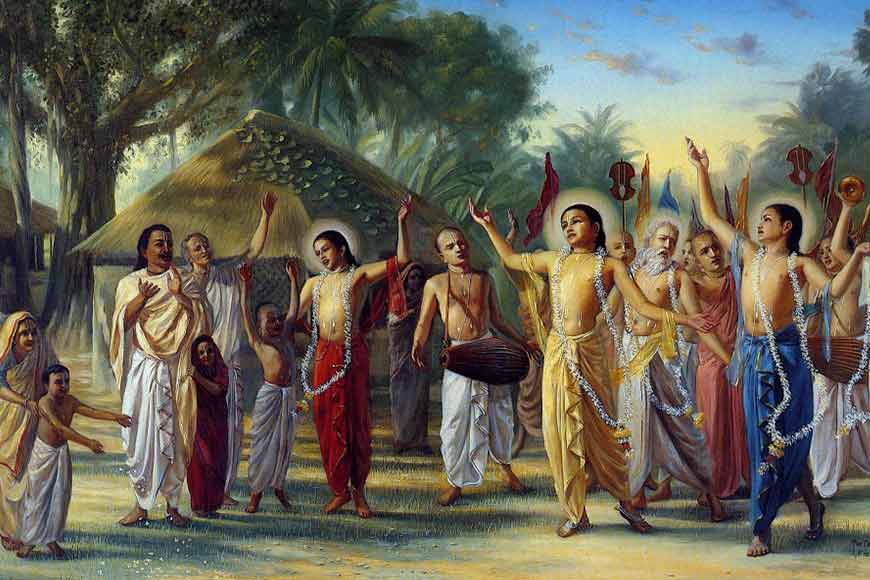
Joy Nitai… a call that everyone uses to greet the other in villages like Ketugram in Burdwan. For these are the villages that still hold on to the traditional music of Bhorai Kirtan, a branch of Vaishnava cult songs that saw its birth in Bengal. Most of the residents of this village are Vaishnavas and followers of Chaitanya Mahaprabhu — the 15th-century saint who led a sect of Vaishnavism in Bengal and was considered an incarnation of Krishna.
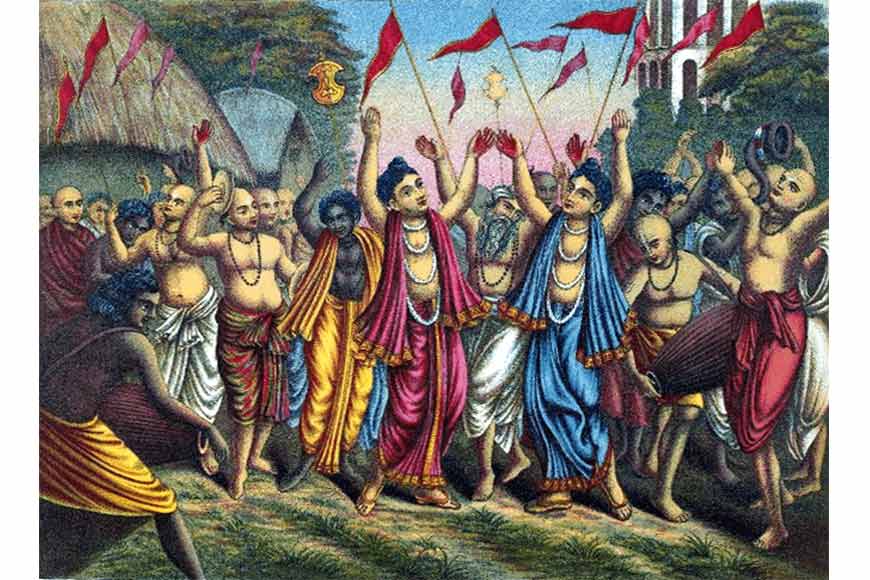
As per historical records, Chaitanya Mahaprabhu started a Sankirtana Movement in Bengal where many people would gather and chant the Lord’s name, going around lanes and by-lanes of their villages. This joint musical touring gave rise to a form of Kirtan called Bhorai Kirtan. People of West Bengal’s Nabadwip city irrespective of their religion still practice this form with Mridanga and Mandira (cymbals). Once upon a time, the ruler of Nabadwip, Chand Kazi, had banned the name-chanting and worshipping of Lord Vishnu in this area. So, many Bhorai Kirtan verses contain hymns where the ruler is denounced for his evil deeds. It was a way of protest for the subjects in those days.
Chaitanya Mahaprabhu popularised the song-and-dance tradition for performing kirtans. In Vaishnavism, the sun is believed to be a manifestation of Krishna, and in the Bengali month of Kartik (mid-October to mid-November) the time for his slumber begins.
Chaitanya Mahaprabhu popularised the song-and-dance tradition for performing kirtans. In Vaishnavism, the sun is believed to be a manifestation of Krishna, and in the Bengali month of Kartik (mid-October to mid-November) the time for his slumber begins. During this period, the kirtan verses sung at dawn by kirtaniyas is known as ‘bhorai.’ The word is believed to have come from the Bengali word Bhor which means dawn.
Meanwhile, Paalaa Kirtan is the most ancient Kirtan form in Bengal. They are written in verse with rhythm. Most of them deal with the life-history of Lord Krishna. They were written by Ramprasad, Chandidas, Vidyapati in the 16th century. Paalaa Kirtan is divided into several parts. They are: Balakanda, Yasoda-Gopal, Rasa Lila, Gopiviraha etc. The Vaishnavas sing this Kirtan in chorus on some special occasions. Khol and Jhal are the main accompaniments.
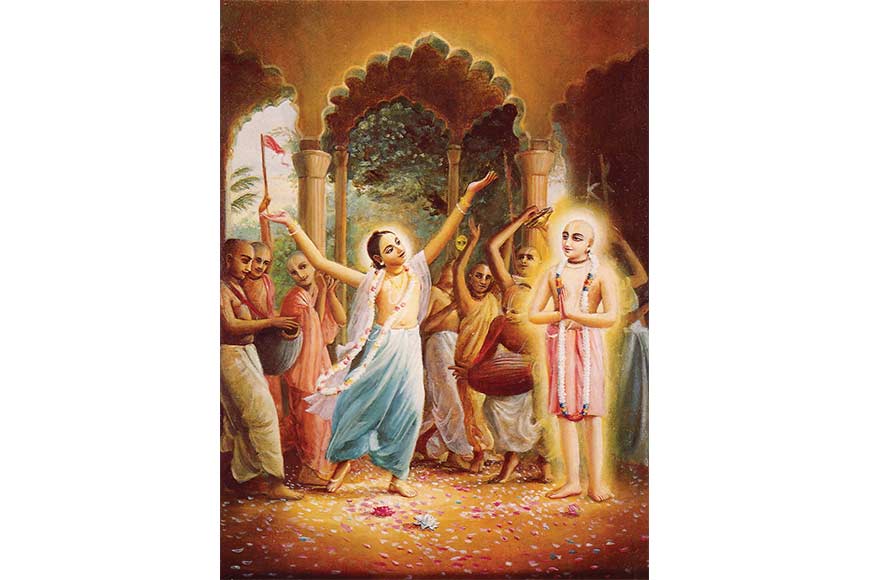
Recitation of the names of various Gods and Goddesses and hymns relating to them is called Nama Kirtan. They are generally sung in the evening, after Puja. Parvati Kirtan is another form of Nama Kirtan, sung in different Svaras. Particularly, it is sung in Bhairavi tune in the early morning. It is also sung in Prabhata Pheri. During Arati, they do Nritya with Khol and other musical instruments and sing Hari Bol. Kirtan in Bengal thus can be classified under two heads --- Namakirtan and Lilakirtan or Rasakirtan. Singing the Names of the Lord in melody is named Namakirtan. The main Sadhana in the nine kinds of Bhakti is Namakirtan. The influence and utility of this are highly appreciated among the Vaishnavites of Bengal and among all the religious cults of India. They think that the essence of all religions in Kaliyuga is Namasankirtan Kalau Namasankirtanat. Singing Lord Hari's Name aloud is Sankirtan. From this Prema blossoms and a devotee forgets the existence of the outer world while he sincerely sings the Name of the Lord. This is called Avesha. A Bhakta attains Samadhi by singing the Lord's Names just as a Yogi does through Yoga Sadhana. The primary aim of Namasankirtan is to attain Prema and the main aim of Vaishnava cult is to generate this Prema. It is said that when Lord Chaitanya used to do Namasankirtan dipped in Prema thousands accompanied him.
Kirtaniyas in Bengal wander from one village to another singing the ‘bhorai’ in the early hours of dawn and wake up to the rising Sun-god.
Such singing is done according to the appropriate Ragas and Raginis of the hours of the day and night, e.g., in the morning hours in Bhairavi, in the noon in 'Bagasree,' in the evening in 'Purbi,' or 'Yaman Kalyan,' in the night in 'Behag.'
Kirtaniyas in Bengal wander from one village to another singing the ‘bhorai’ in the early hours of dawn and wake up to the rising Sun-god. While this tradition has mostly died out, a few artistes from Burdwan and Purulia are struggling to keep it alive. Kirtans are also performed on the occasion of Kali Puja with a harmonium in tow. Many children in Ketugram and adjoining villages are taught the art and have formed Kirtaniya groups that go around performing to support their families. At some places the groups even earn Rs 2000 per Kirtan recital.
Also read : Taking Bengal’s ‘dhaak’ beyond the Puja pandal
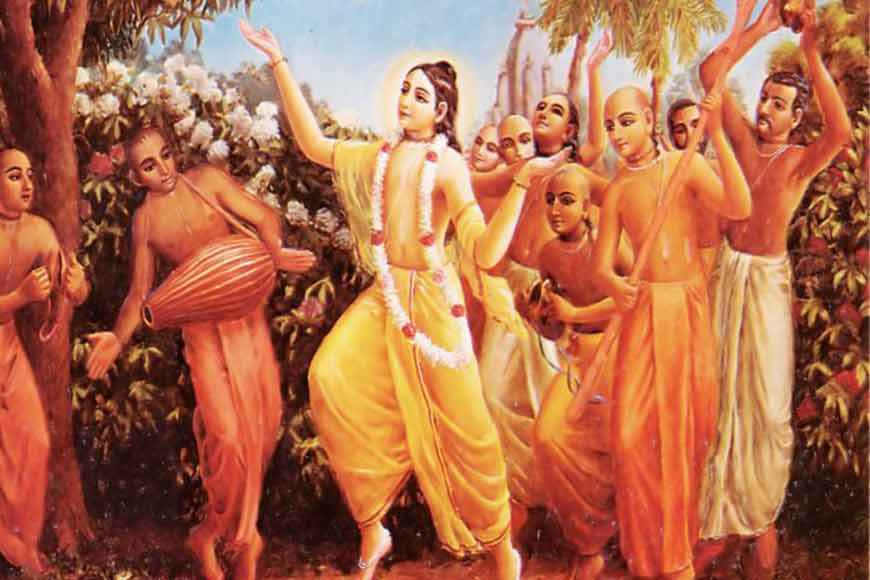
The villages of Baranda, Taora and Billeswar have many such small groups who even hold classes passing on the lessons to the younger generation. There are several kinds of Kirtan in Bengal. Paalaa Kirtan, Shyama Sangit, Parvati and Nama Kirtan are the important ones. Kirtans are generally sung with accompaniments like Khol, Jhal, Vina, Pakhvaj, Mridanga and other musical instruments. Mass singing in such style and compass when the singer and the audience both calling the Lord with tears rolling down their cheeks is characteristic of Bengali Kirtan and such examples are rare except in Indian music.
Namaskarakirtan is usually singing the Lord's Name, e.g., 'Hare Krishna Hare Krishna Krishna Krishna Hare Hare; Hare Rama Hare Rama Rama Rama Hare Hare.' But as the Vaishnavites of Bengal believe Sri Chaitanya as an incarnation of the Lord they sometimes sing 'Sri Krishna Chaitanya Prabhu Nityananda, Hare Krishna Hare Rama Sri Radhe Govinda' or 'Nitai Gour Radhe Shyam, Hare Krishna Hare Ram.' Lord Sri Chaitanya and Nityananda deluged Bengal with Prem by Namasankirtan; hence they are known as the fathers of Sankirtan. The greatest among the teachings of Lord Chaitanya is: Satye yad dhyayato vishnum tretayam yajato makhaih; Dvapare paricharyayam kalau tad harikirtanat. Thus Bhorai Kirtan still tries to hold on to that tradition.








